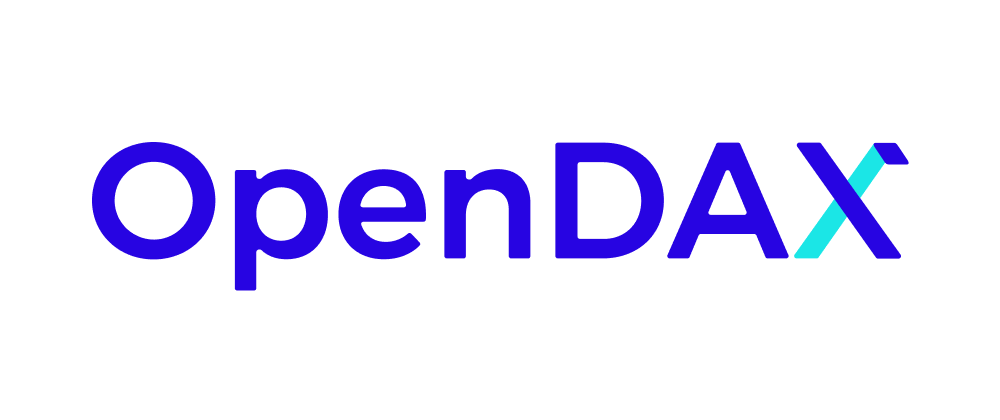OpenDAX stands for "Open-source Digital Asset Exchange".
It's a open-source platform providing a fully featured cryptocurrency exchange software, let's say a small binance software.
The OpenDAX repository contains a ready to use docker-compose structure to run the stack locally using docker, you can follow the readme to run everything in few minutes.
What are the main components of the stack
Barong
Barong is the authentication service of the stack.
It manages users profiles, 2FA using google authenticator and contains a builtin customizable KyC process. Users can upload their documents for operator to verify them or it can be connected to third party services to fully automate this process.
Peatio
Peatio is the core component of the exchange, it manages the accounting, the trading activities and the blockchains interaction. It supports natively Bitcoin, Litecoin, Ethereum (including all ERC20 tokens), Ripple and Dash but can be easily extended to support more blockchains and currencies. See the list of peatio wallets and blockchains plugins.
Rango
Rango is a high performance websocket server which dispatches public and private messages from other components (through message queues).
Rango makes the user experience smooth by forwarding public market informations in real time but also private updates for the connected user, trade notification for example.
Tower
Tower is the administration panel of the platform. It allows to manage users and KyC levels, monitor trading activity, deposited and withdrawn funds. It's free to use and can be extended by contacting the openware team.
React Interface
BaseApp is a React application containing all features of a regular crypto exchange platform, it can be used to quickly deliver a fully featured product on the market and thus be extended for the specific need of the project.
Storage and Databases
MySQL or PostgreSQL
SQL databases are used to store sensitive accounting informations and users profiles.
The stack is actively tested with the following database versions:
- MySQL 5.7 and 8.0
- PostgreSQL 13.0
- MariaDB 10.3
InfluxDB
InfluxDB is an open source time series database, it is used to compute and store historical market chart data. OpenDAX components supports InfluxDB sharding and replication for scalability reason to support a platform to grow to hundreds of markets.
Business support
While OpenDAX is open-source and allows any Startup to adopt this technology with a very low entry cost, Openware provides support and licenses for scaling the solution as well as white label exchange deployed and managed in the Cloud.
You can read more about Openware cryptocurrency exchange software support and licenses. It includes a high performance trading engine written in go to reach high trading volume.






Oldest comments (4)
New one to add is HollaEx Kit and Uniswap to this list. The DEX system is sure to take of with hardcore crypto users but with normal people, a solution like HollaEx Kit has a wider userbase.
HollaEx DIY stores all data in their central repositories, absolutely nothing is stored locally including wallets, some high end fintech/crypto consultants debugged HollaEx, we're having a consultant install an exchange because to us that was not acceptable.
Hi, I am Dan. I am very new to OpenDAX and very inexperienced. I have a system running and I added ETH, it is still syncing up. I also added a coin that I created. My question is if I can add a "Swap" to this exchange?
How did you able to add ETH, can you share the information about how you have setup eth blockchain and added it on exchange ?